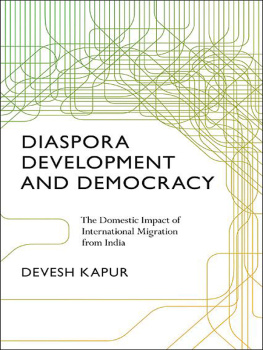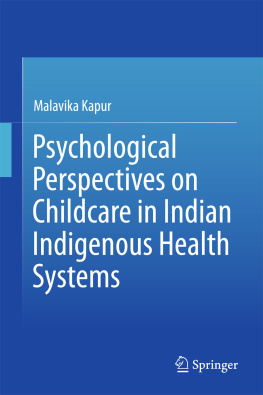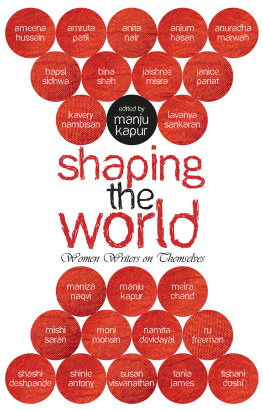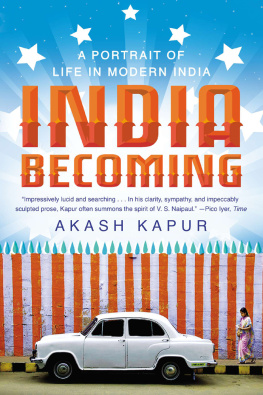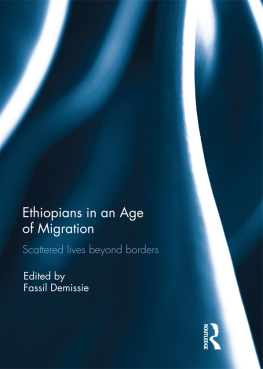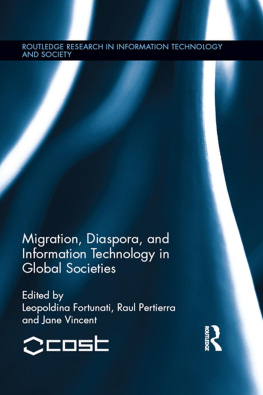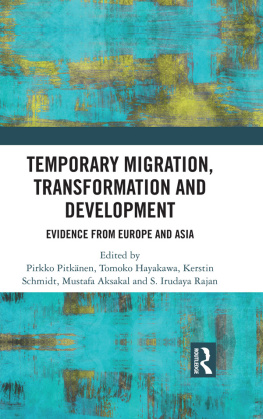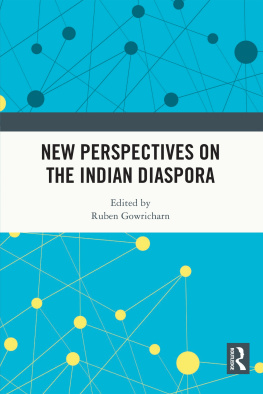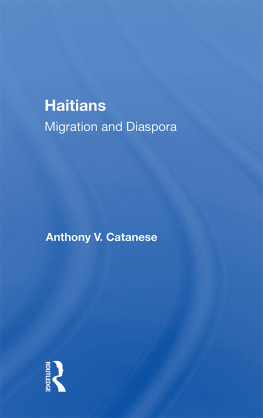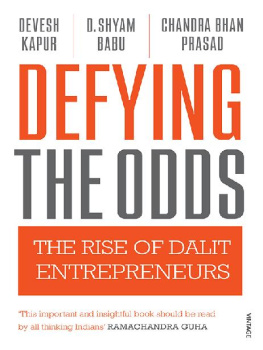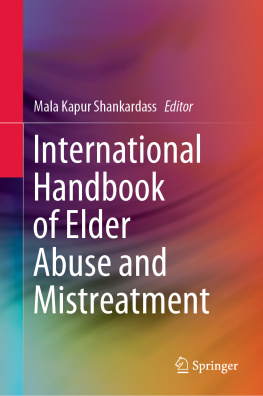Kapur - Diaspora, Development, and Diamonds: the Domestic Impact of International migration from India
Here you can read online Kapur - Diaspora, Development, and Diamonds: the Domestic Impact of International migration from India full text of the book (entire story) in english for free. Download pdf and epub, get meaning, cover and reviews about this ebook. City: New jersey, year: 2010, publisher: Princeton University Press, genre: Politics. Description of the work, (preface) as well as reviews are available. Best literature library LitArk.com created for fans of good reading and offers a wide selection of genres:
Romance novel
Science fiction
Adventure
Detective
Science
History
Home and family
Prose
Art
Politics
Computer
Non-fiction
Religion
Business
Children
Humor
Choose a favorite category and find really read worthwhile books. Enjoy immersion in the world of imagination, feel the emotions of the characters or learn something new for yourself, make an fascinating discovery.
Diaspora, Development, and Diamonds: the Domestic Impact of International migration from India: summary, description and annotation
We offer to read an annotation, description, summary or preface (depends on what the author of the book "Diaspora, Development, and Diamonds: the Domestic Impact of International migration from India" wrote himself). If you haven't found the necessary information about the book — write in the comments, we will try to find it.
Kapur: author's other books
Who wrote Diaspora, Development, and Diamonds: the Domestic Impact of International migration from India? Find out the surname, the name of the author of the book and a list of all author's works by series.
Diaspora, Development, and Diamonds: the Domestic Impact of International migration from India — read online for free the complete book (whole text) full work
Below is the text of the book, divided by pages. System saving the place of the last page read, allows you to conveniently read the book "Diaspora, Development, and Diamonds: the Domestic Impact of International migration from India" online for free, without having to search again every time where you left off. Put a bookmark, and you can go to the page where you finished reading at any time.
Font size:
Interval:
Bookmark:
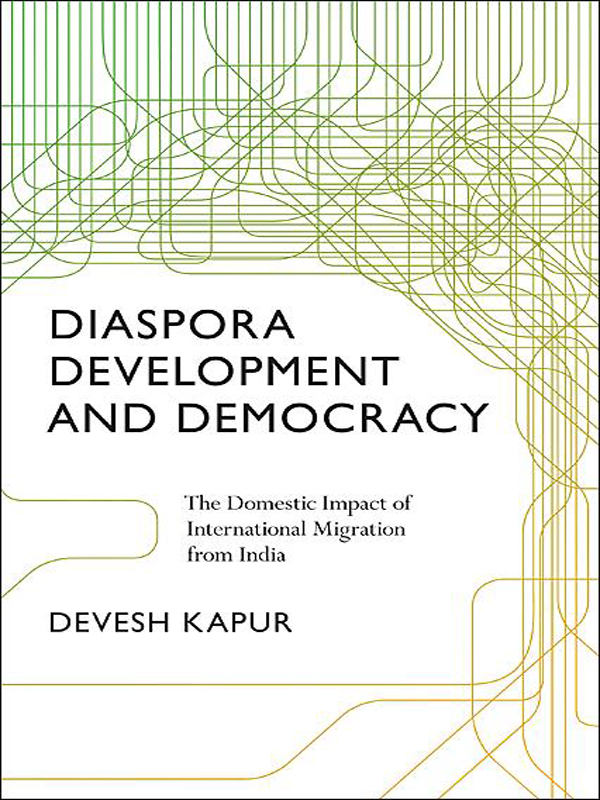
Copyright 2010 by Princeton University Press
Requests for permission to reproduce material from this work should be sent to Permissions, Princeton University Press
Published by Princeton University Press, 41 William Street, Princeton, New Jersey 08540
In the United Kingdom: Princeton University Press, 6 Oxford Street, Woodstock, Oxfordshire OX20 1TW
All Rights Reserved
Library of Congress Cataloging-in-Publication Data
Kapur, Devesh, 1959
Diaspora, development, and democracy: the domestic impact of international migration from India / Devesh Kapur.
p. cm.
Includes bibliographical references and index.
ISBN 978-0-691-12538-1 (hardcover: alk. paper)
1. IndiaEmigration and immigration. 2. IndiaEmigration and immigration Economic aspects. 3. IndiaEmigration and immigrationPolitical aspects. 4. East IndiansForeign countries. I. Title.
JV8501.K37 2010
304.80954c22 2009053054
British Library Cataloging-in-Publication Data is available
This book has been composed in Sabon
Printed on acid-free paper.
press.princeton.edu
Printed in the United States of America
10 9 8 7 6 5 4 3 2 1
TO MY FAMILY AND FRIENDS
___________________________________________
Who made it all possible
Figures
Tables
W HEN ONE HAS been working on any project over many years, one collects many debtsand I have more than my fair share.
My interest and research on the impact of international migration on the countries of origin began when I was a faculty member in the government department at Harvard University. With support from the Center for Global Development in Washington, DC, and working jointly with a colleague in the economics department, John McHale, we wrote a monograph looking at this issue worldwide, Give Us Your Best and Brightest: The Global Hunt for Talent and Its Impact on the Developing World (Washington, DC: Center for Global Development and Brookings Institution, 2005).
Since then, I have worked with John on a range of papers on this subject, some jointly, some with other colleagues (notably Ajay Agrawal and Mihir Desai). Throughout, Johns intellect and openness and his personal warmth and decency have deeply influenced my thinking, and the framework in owes much to Johns conceptualization of the issue.
Over the years my thinking on these issues has been influenced by a number of friends and colleagues: Arun Abraham, Michael Clemens,K.P. Krishnan,Atul Kohli, Pratap Mehta, Partha Mukhopadhyay, Karthik Muralidharan, Urjit Patel, Lant Pritchett, Anand Shah, Arvind Subramanian and Richard Webb. Discussions with Steve Wilkinson were particularly helpful in sharpening my arguments and improving the manuscript. Wendy Pearlman meticulously read the page proofs and not only helped correct errors in style and judgment but also in making me think of the sorts of thing I should have done.
The project began with seed funding from the American Institute for Indian Studies, for a year-long stay in India. I spent a year at the Indian Institute of Management, Ahmedabad (IIM-A), where I was hosted by Professor Pankaj Chandra and his family, whose friendship and hospitality are unbounded. Professor Errol DSouza (also at IIM-A) generously helped educate me on some of the conceptual issues of the macroeconomics of remittances, with his characteristic clarity. Ambassador Jayant Prasad helped to bring me up to speed on official Government of India thinking.
Subsequently, funding from the Asia Center, the Weatherhead Initiative, and the Milton Grant (all at Harvard); the Macarthur Foundation; and a gift from the Diego Hidalgo Foundation were all extremely helpful in supporting the project.
Rebecca Thornton, then a graduate student at Harvard, was instrumental in designing the survey questionnaires. The Indian surveys were added to the Indian Readership Survey. I am deeply grateful to Ashok Das, managing director at Hansa Research, and his staff for their enormous help in making this possible. The list of unique Indian last names was put together from phone directories in India by P. K. Kapoor and his team, to whom I owe much gratitude. The database of Indian Americans was built with the help of proprietary databases of InfoUSA. I am especially grateful to Bill Hippen, who time and again worked with me in building this database. The phone survey (and data entry) of Indian Americans was managed by ORG-Marg in Mumbai.
The large survey data sets that were specifically built for this project were checked and analyzed by Randy Akee, Vaibhav Gujral, and Atul Pokharel, who all spent long hours helping me with this when they might have been doing something better!
The case study of the role of the Indian diaspora in the development of the diamond industry in India in was developed by Arjun Raychaudhuri, at the time a Rhodes scholar in Oxford. Arjun organized a team to painstakingly craft this database with his characteristic good humor and care. Some of the findings from this data set were presented at a conference at SAIS at Johns Hopkins and part of which appeared in the journal India Review. I am grateful to Ramchandra Guha and Sunil Khilnani for correcting my historical errors.
For , Diego Miranda helped research the concept of elites and how Indian elites historically differed from others around the world, especially Latin America, a region with which he was deeply familiar. This chapter has also benefited from comments and suggestions made by seminar participants at the University of TexasAustin, University of Pennsylvania, Princeton, Cornell, and Brown.
The discussion of the role of the Indian diaspora in Indo-U.S. relations in draws heavily on interviews by Manik Suri for his senior thesis at Harvard, which I supervised. Manik was very generous in sharing the interview material and later in reading, commenting on, and editing not just this chapter, but the entire manuscript, for all of which he has my deep gratitude.
I am indebted to Radu Tatucu for the analysis in very helpful in their suggestions and comments on the statistical aspects and interpretations, and the limits to the claims that could be made. Bharat Ramamurti helped put together the survey of Indian diasporic philanthropy.
A years leave at the Princeton Institute for International and Regional Studies under the aegis of the Program in Democracy and Development allowed me time to finally complete the manuscript. I am deeply grateful to Atul Kohli and Deborah Yashar for making that possible. Several students helped enormously in putting the manuscript together and rectifying the many inevitable glitches. I am grateful to Katia Alexander, Megan Crowley, Deepa Iyer, Ritu Kamal, Sagar Raju, Anjali Salooja, Yashas Vaidya, and Shreya Vora.
Working with Chuck Myers and his colleagues at Princeton University Press (especially Sara Lerner) has been a pleasure. His patience and commitment helped draw this long project to a close and his many thoughtful suggestions considerably improved the manuscript. Jennifer Harris copyedited the manuscript and Sherry Smith created the index, both with admirable care and meticulousness.
Finally, my wife, Sadhana, and children, Maya and Kunal, patiently and good-humoredly bore my long absences from their livesbut as I bring this to an end, I hope to make amends!
I NTRODUCTION
I N RECENT YEARS , the analysis of globalizationits multiple causes, manifestations, and complex consequenceshas become a staple of discussion within academia and public discourse. The innumerable facets of globalization have given the term a certain elasticity and made it difficult to reconcile its multiple complexities. There is little disagreement regarding the reality of the unprecedented growth (at least since World War II) of cross-border flows of capital, goods, and services. However, there is less agreement as to the relative importance of the various factors and mechanisms that are facilitating and driving these flows. On the one hand, many agree that technological changes, which have resulted in a sharp decline in the transaction costs of global goods and services trade, whether containerization (in the case of manufactured goods) or information technologies (in the case of services), have undoubtedly played an important role. There is less agreement, however, as to how technological changes have interacted with other driving or intermediary variables, such as the role of ideas (particularly the triumph of so-called neoliberal economic ideas), the role of international organizations (especially the Bretton Woods institutions and the World Trade Organization [WTO]), the role of major powers (particularly the United States), and last, changes within countries themselves. There is least consensus on the welfare implications of globalization, both among and within countries, as well its links with contemporaneous complex phenomena such as climatic changes and terrorism.
Font size:
Interval:
Bookmark:
Similar books «Diaspora, Development, and Diamonds: the Domestic Impact of International migration from India»
Look at similar books to Diaspora, Development, and Diamonds: the Domestic Impact of International migration from India. We have selected literature similar in name and meaning in the hope of providing readers with more options to find new, interesting, not yet read works.
Discussion, reviews of the book Diaspora, Development, and Diamonds: the Domestic Impact of International migration from India and just readers' own opinions. Leave your comments, write what you think about the work, its meaning or the main characters. Specify what exactly you liked and what you didn't like, and why you think so.

